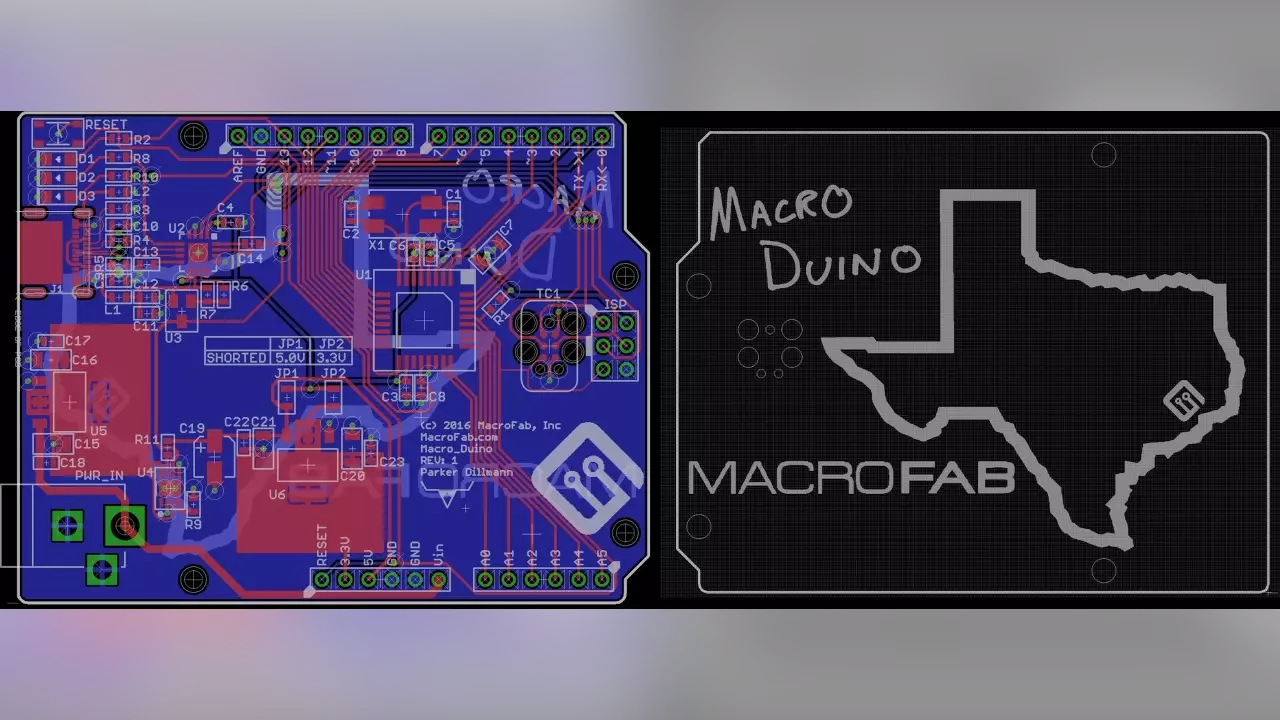Related Topics
The EU Charges Apple Up, Down with Slack, Don’t Go Changin’
Discussion on USB-C, EU chargers, tech, Slack GUI, government regulation, tech innovation and reverse polarity.
This Podcast Intentionally Left Blank
Mandatory USB Type-C for everything? Parker and Stephen discuss the current EU ruling and preparing your PCBA design for contract manufacturing!
Ben Heck and the PinoTaur
Benjamin Heckendorn rejoins the podcast to discuss Pinball Hardware and Text Adventure Games.
Other Resources
Circuit Break Podcast
Webinars
Videos
Tour MacroFab's ITAR-Compliant Facility
September 2, 2016, Episode #31
- Parker designed the MacroDuino! Basically an Arduino clone using Type C USB, an FT230X as the USB UART bridge, and proper power switching with the Ti TPS2113A. (See Figure 1). Also supports 3.3V and 5.0V.
- Earlier this week Parker had an article about adding external Part Libraries and DRC rules to Eagle. Check it out.
- Some new work on the PinHeck Pinball System. Parker is working on adding the Octavo OSD3358 to replace the Parallax Propeller as the A/V processor.
- Stephen has been working on his Brewing Rig. He is giving a talk at Destination Codes about the Brewing Rig since it will involve programming and hardware.
- For flow control, Stephen is using a Atlas Scientific flow meter and a motorized ball valve from Amazon.
- LattePanda is the platform Stephen wants to use for the Brewing Rig. Runs Windows10.
- KAIST process engineers at the Korea Advanced Institute of Science and Technology have developed a chip packaging technology that creates flexible integrated circuits. The substrate they designed is very interesting.
- Fixing the Ampere: Redefining the SI Unit.
- ON cleared to buy Fairchild. ON has received the US FTC’s blessing to proceed with its $2.4 billion takeover of Fairchild on condition that it sells off the Ignition IGBT business.
About the Hosts

Parker Dillmann
Parker is an Electrical Engineer with backgrounds in Embedded System Design and Digital Signal Processing. He got his start in 2005 by hacking Nintendo consoles into portable gaming units. The following year he designed and produced an Atari 2600 video mod to allow the Atari to display a crisp, RF fuzz free picture on newer TVs. Over a thousand Atari video mods where produced by Parker from 2006 to 2011 and the mod is still made by other enthusiasts in the Atari community.
In 2006, Parker enrolled at The University of Texas at Austin as a Petroleum Engineer. After realizing electronics was his passion he switched majors in 2007 to Electrical and Computer Engineering. Following his previous background in making the Atari 2600 video mod, Parker decided to take more board layout classes and circuit design classes. Other areas of study include robotics, microcontroller theory and design, FPGA development with VHDL and Verilog, and image and signal processing with DSPs. In 2010, Parker won a Ti sponsored Launchpad programming and design contest that was held by the IEEE CS chapter at the University. Parker graduated with a BS in Electrical and Computer Engineering in the Spring of 2012.
In the Summer of 2012, Parker was hired on as an Electrical Engineer at Dynamic Perception to design and prototype new electronic products. Here, Parker learned about full product development cycles and honed his board layout skills. Seeing the difficulties in managing operations and FCC/CE compliance testing, Parker thought there had to be a better way for small electronic companies to get their product out in customer's hands.
Parker also runs the blog, longhornengineer.com, where he posts his personal projects, technical guides, and appnotes about board layout design and components.

Stephen Kraig
Stephen Kraig is a component engineer working in the aerospace industry. He has applied his electrical engineering knowledge in a variety of contexts previously, including oil and gas, contract manufacturing, audio electronic repair, and synthesizer design. A graduate of Texas A&M, Stephen has lived his adult life in the Houston, TX, and Denver, CO, areas.
Stephen has never said no to a project. From building guitar amps (starting when he was 17) to designing and building his own CNC table to fine-tuning the mineral composition of the water he uses to brew beer, he thrives on testing, experimentation, and problem-solving. Tune into the podcast to learn more about the wacky stuff Stephen gets up to.
Special thanks to whixr over at Tymkrs for the intro and outro!
Related Podcasts
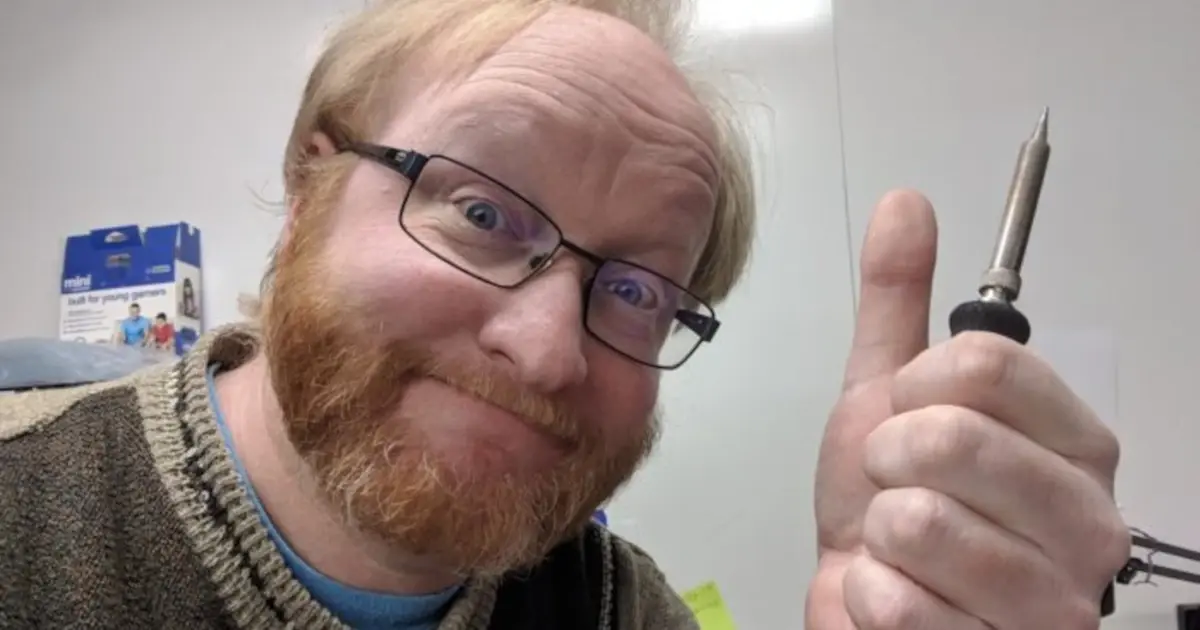
Ben Heck and the PinoTaur
Benjamin Heckendorn rejoins the podcast to discuss Pinball Hardware and Text Adventure Games.
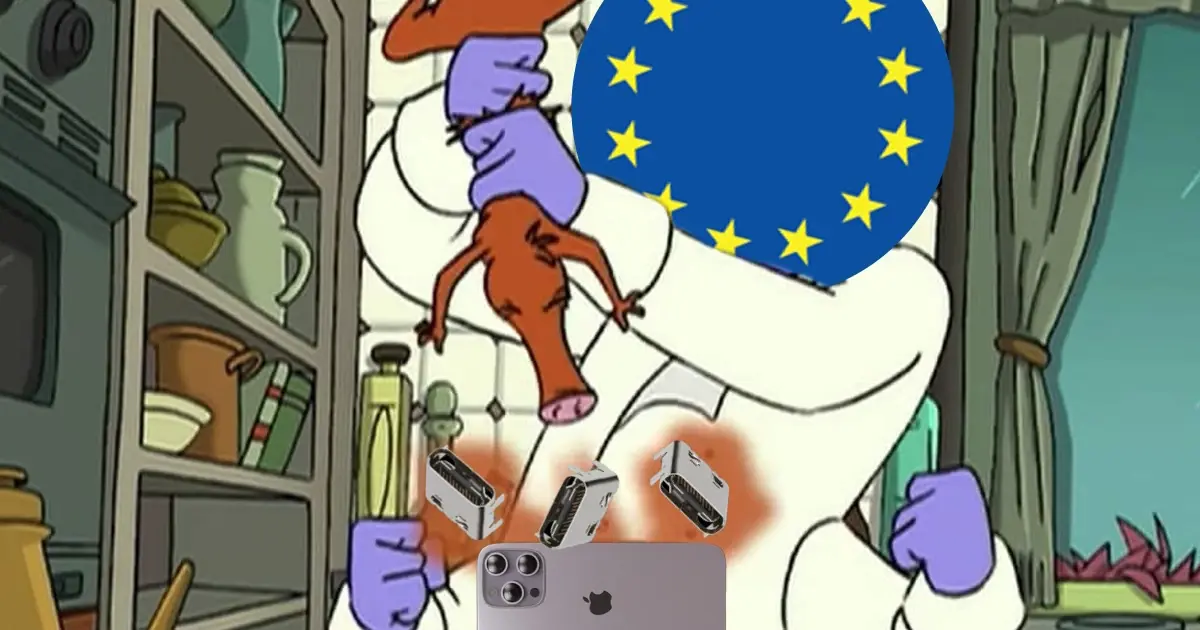
The EU Charges Apple Up, Down with Slack, Don’t Go Changin’
Discussion on USB-C, EU chargers, tech, Slack GUI, government regulation, tech innovation and reverse polarity.
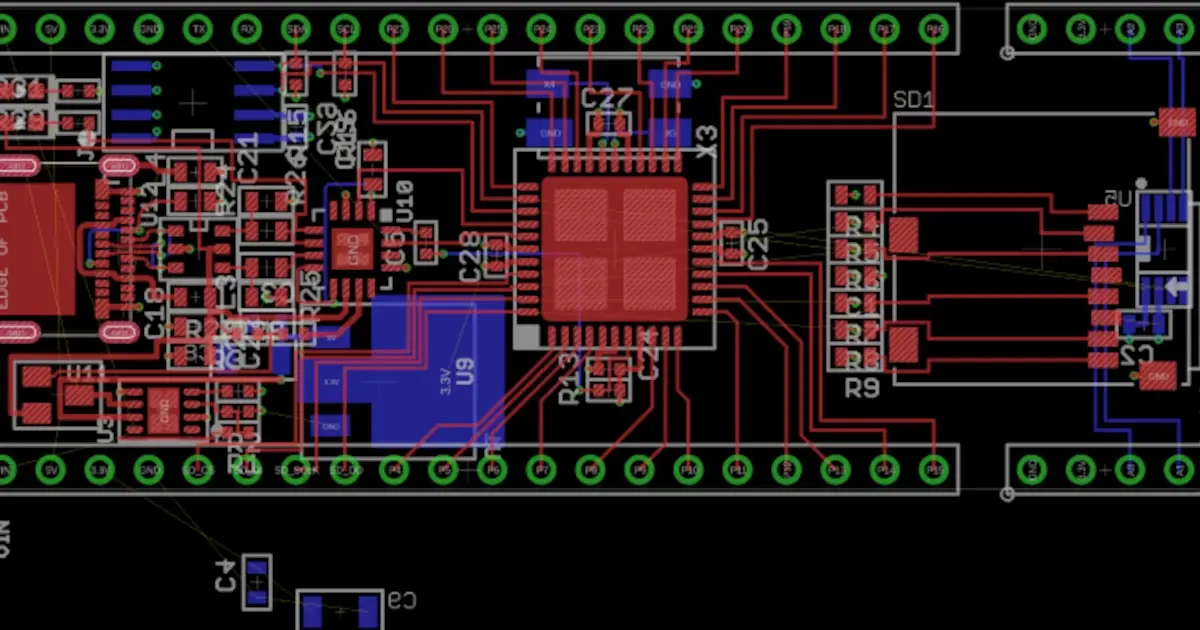
Kalashinikaze: The Right to Fly Arms
Parker gives an update on his Prop Dev Stick Type-C and Stephen designs a tonestack based on the LND150.

Jason Cerundolo of Reclaimer Labs
Jason Cerundolo joins Parker and Stephen to discuss testing and evaluation of the USB Type-C PD spec.

This Podcast Intentionally Left Blank
Mandatory USB Type-C for everything? Parker and Stephen discuss the current EU ruling and preparing your PCBA design for contract manufacturing!
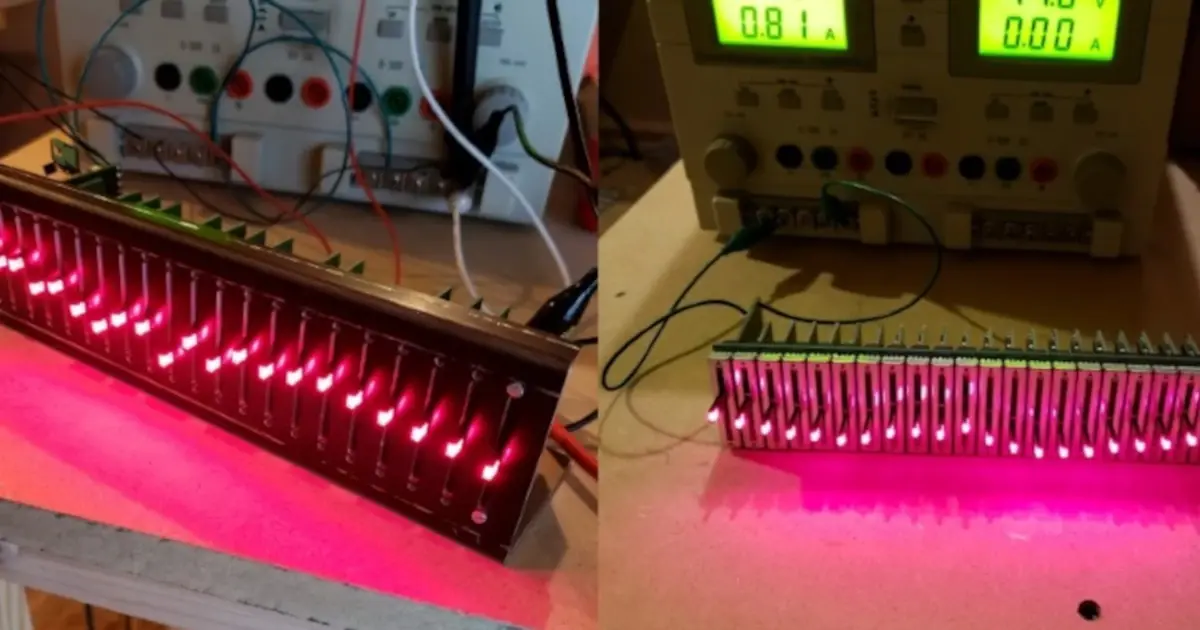
Power Hungry Venti-Q
The Venti-Q gets nears completion, USB Type-C example circuit completed, and EE interview topics.
About MacroFab
MacroFab offers comprehensive manufacturing solutions, from your smallest prototyping orders to your largest production needs. Our factory network locations are strategically located across North America, ensuring that we have the flexibility to provide capacity when and where you need it most.
Experience the future of EMS manufacturing with our state-of-the-art technology platform and cutting-edge digital supply chain solutions. At MacroFab, we ensure that your electronics are produced faster, more efficiently, and with fewer logistic problems than ever before.
Take advantage of AI-enabled sourcing opportunities and employ expert teams who are connected through a user-friendly technology platform. Discover how streamlined electronics manufacturing can benefit your business by contacting us today.
